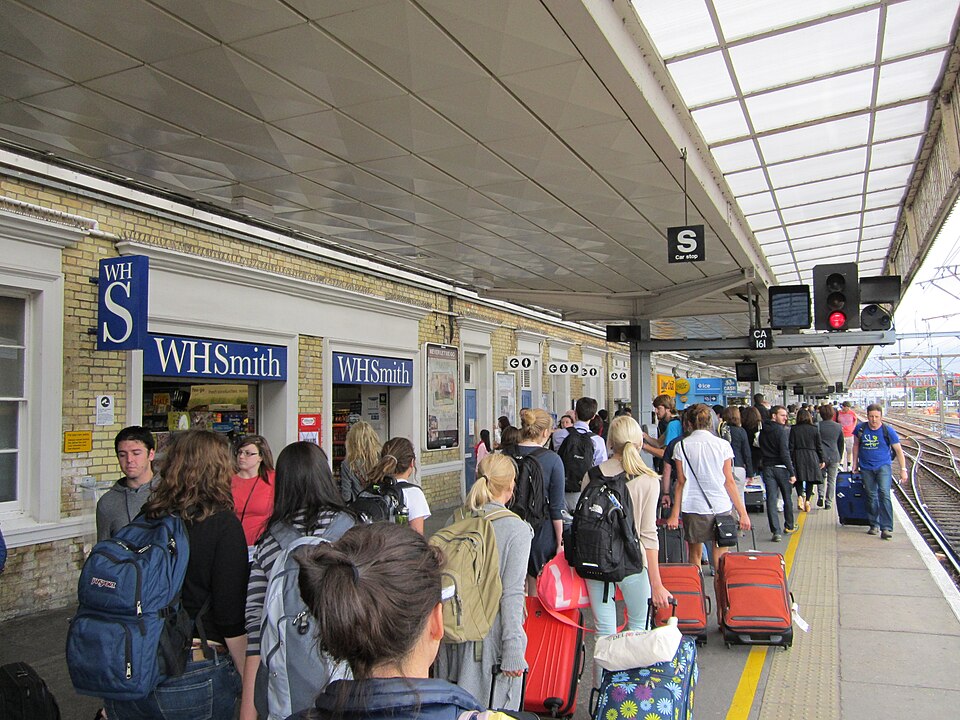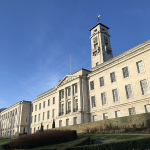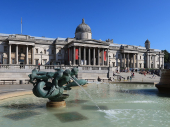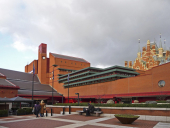
The government has confirmed the next phase of the multibillion-pound East West Rail (EWR) project, paving the way for more frequent trains, new stations and major economic expansion
across the Oxford–Cambridge corridor.
Millions of passengers are set to benefit from the plans, announced today (19 November 2025), which outline how the East West Railway Company will move forward with the second phase of the scheme. The project, one of the largest transport investments currently underway in Britain, is central to the government’s Plan for Change. Ministers say the completed route could unlock £6.7 billion of regional economic growth by 2050, enable up to 100,000 homes and support tens of thousands of new jobs.
Following extensive local consultation, EWR Co confirmed it is now exploring an increase in train frequency from 3 or 4 services per hour to as many as 5. The uplift could deliver up to 70% more seating capacity, easing overcrowding, reducing waiting times and improving service reliability.
A package of wider improvements has also been announced. New entrances will be built at Bletchley, Cambridge and Bedford stations, and four entirely new stations will be added along the Marston Vale Line — the route’s first major investment since the 1960s. With many of the existing stations among the least-used in the country, these upgrades aim to provide faster, more frequent connections for local communities and support the development of the planned Universal theme park.
One of the new stations, confirmed for Stewartby, will serve both the expanding local population and the upcoming attraction. The multi-billion-pound theme park is projected to add nearly £50 billion to the UK economy by 2055 and attract more than 8.5 million visitors in its first year.
Transport Secretary Heidi Alexander said: “East West Rail is more than a railway – it’s a catalyst for growth, more jobs and opportunity, and this project will make rail travel faster, greener and more reliable for millions of passengers. By investing in modern infrastructure, we’re laying the foundations for long-term prosperity in one of the UK’s most dynamic regions while ensuring that the UK has a rail network passengers can be proud of”.
EWR Co chief executive David Hughes said: “These updates reflect our commitment to listening to communities while designing a railway that delivers long-term benefits for the region. Our latest proposals better reflect what matters most to people and will deliver better outcomes for passengers, local communities and the environment. From a new station at Cambridge East to better access in Oxford and clear alignment through Tempsford, East West Rail is shaping the modern, sustainable transport link this region needs to thrive”.
A spokesperson for Universal Destinations and Experiences added: “Government’s commitment in furthering multi-modal opportunities to grow the UK’s economy is highly encouraging, as companies like UDX look to place major investments in the UK”.
Among the project’s additional plans are seven new stations in total and the introduction of hybrid battery–electric trains, which will operate along the partially electrified route to deliver faster, cleaner services at lower cost.
At Cambridge Central, a new eastern entrance will improve access for surrounding communities. A separate Cambridge East station is expected to ease congestion and stimulate significant economic activity. The station would connect with the upgraded Newmarket Line, offering quicker and more reliable services and direct links to Norwich, Felixstowe and Ipswich.
Jonny Haseldine, Head of Corporate Governance & Business Environment Policy at the British Chambers of Commerce, said: “Better rail links unlock jobs, homes and investment by improving access to markets, skilled workers and visitors. Faster, more frequent and higher-capacity services will ease congestion for commuters, strengthen regional supply chains and boost long-term business growth across the corridor. If these plans are implemented in full, it will be a clear win for local communities and the economy”.
Today’s announcement builds on the government’s drive to create a modern railway focused on passengers, as well as its ambition to transform the Oxford–Cambridge Corridor into “Europe’s Silicon Valley.” Over the past decade, the area has delivered 43,000 jobs, secured £27.5 billion in investment and seen Oxford and Cambridge ranked as Europe’s top two innovation hubs. Photo by Rept0n1x, Wikimedia commons.


































